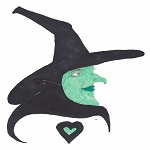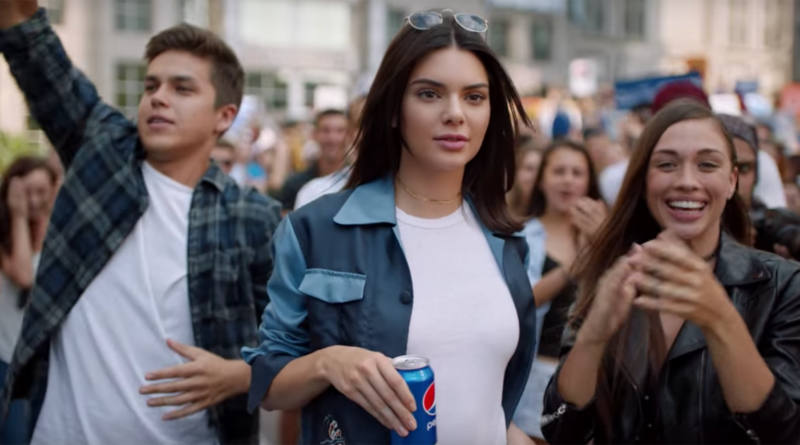Why Pepsi’s Kendall Jenner Ad Failed and Coca-Cola’s ‘Hilltop’ Ad Succeeded
The biggest advertising story this week is the epic failure of the Pepsi Kendall Jenner ad, “Jump In.” If you missed the controversy, here it is in a nutshell: Pepsi, as part of its “Moments” campaign, released a new ad on Tuesday, April 4, featuring reality TV star Kendall Jenner. The ad shows a slew of attractive hipsters of different ethnic backgrounds protesting something ambiguous, holding generic signs that read “peace” and “join the conversation.” Moved to get involved, Jenner walks off her modeling set, rips off her wig, grabs a can of Pepsi and joins the crowd. The ad culminates with Jenner handing a police officer the can of soda. He opens it, takes a sip and the crowd erupts in cheers.
The ad was pulled the next day after tremendous backlash. Pepsi released a statement saying, “Pepsi was trying to project a global message of unity, peace and understanding. Clearly we missed the mark, and we apologize.”
In its effort to convey a global message of peace (and appeal to millennials), the Pepsi Kendall Jenner ad seemed to reduce recent political protests into caricatures and excuses to party. In 1971, its competitor, Coca-Cola, also released an ad aiming to convey a global message of peace. The “Hilltop” ad, known for its jingle “I’d Like to Buy the World a Coke,” was created by Bill Backer of McCann-Erickson. Though it wasn’t as dramatic as Don Draper’s epiphany in the final scene of Mad Men, the story of its inspiration is pretty cool. Backer and his fellow travelers were stranded at Shannon Airport in Ireland for the night due to fog. He was struck by their camaraderie as they waited to board their flight the next day, chatting and laughing and drinking bottles of Coke. The idea was born.
Backer and his team originally created the jingle for radio and the song was such a hit that stations across the country received requests for it to be played again. The television spot was created months later on a mountain in Italy and is widely considered one of the most popular television ads of all time.
These Coca-Cola and Pepsi ads were created 46 years apart, but they were trying to convey the same message of unity.
Why did the Pepsi Kendall Jenner ad fail and the Coca-Cola ‘Hilltop’ ad succeed?
- Use of celebrity: Coca-Cola’s TV ad was composed of regular young people of varying ethnicity, not stars. Pepsi featured modelesque young people of varying ethnicity along with reality TV star turned model, Kendall Jenner. Pepsi chose to use a tabloid cover girl to convey a message of hope and unity. There’s a disconnect between the message and its delivery.
- The jingle: The jingle from the Coca-Cola ad became so popular that it was recorded as “I’d Like to Teach the World to Sing” by both the The New Seekers and The Hillside Singers as a full-length song and each version became a chart-topping hit. The Pepsi ad also had a jingle. I’ve listened to it five times and I still cannot recall how it goes.
- Authenticity: The Coca-Cola ad debuted in 1971 at the height of the Vietnam War, but the ad was not overtly political. The people sang about harmony, peace and sharing a Coke. The message was clear: we are different, but we are united. In contrast, the Pepsi ad tried to tap into today’s heightened political climate by featuring a protest, but it did so in a way that came across as crass, exploitative and offensive to those struggling for equality. Because it lacked authenticity, the message of unity was lost.
In the end, the Pepsi ad did unite people, just not in the way the brand intended.

